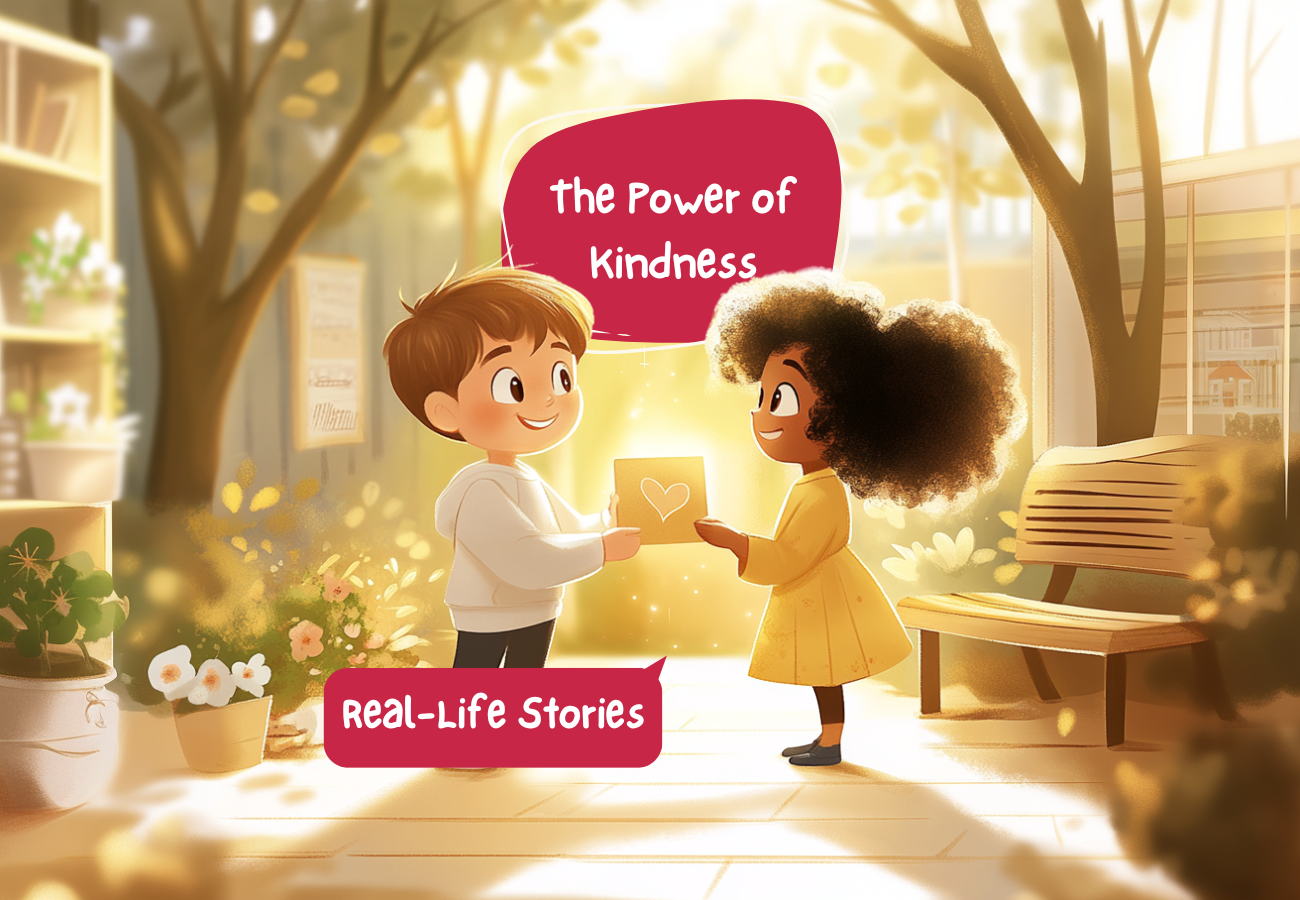Teaching Tolerance – Important Points to Follow

Imagine a world where people understand and respect each other, regardless of gender and race. Is it too far fetched with everything that is happening around the world? However, there is still hope and that hope lies in the hands of future generations.
The youth of today can alter what lies before them. It all starts with learning and having tolerance. A virtue that a lot of people may have lost touch with. But, never too late to imbibe. Teaching kids tolerance lies in the hand of the adults surrounding them.
What is tolerance?
According to the dictionary, tolerance is the ability to tolerate something, in particular the existence of opinions or behaviour that one does not necessarily agree with. Tolerance can be translated to:
- Respecting others and learning from them
- Honouring differences
- Bridging cultural gaps
- Renouncing unfair biases or judgements
- Establishing common interests
Contrary to popular beliefs, being tolerant doesn’t mean you put up with wrong behaviours. Instead, the focus is on acknowledging and appreciating diversity and establishing oneness amidst the disparity.
Nowadays, it is hard to find a community that is restricted to one race. In America, you can trace back the immigrants from your ancestors making the country one of the most diverse citizens. It is a fact that cannot be changed and an environment children need to adapt to. The future success of a tolerant community lies in the hands of the children who will learn to recognize, welcome, and adapt to a diverse society.
How can parents and teachers teach tolerance in school and at home?
Lead by Example
Both at home and at school, adults need to show the right way to exude tolerance in every situation. Children are like sponges. They absorb everything they see, hear, and feel. Their curious minds allow them to be receptive of what they see around them. Parents and teachers have to ensure that they exhibit an attitude of respect towards others.
At Home
Children pick up their parent’s values, whether you like it or not. As such, parents have the duty to teach tolerance from the moment kids learn how to communicate with others. First of all you have to be patient with people, but also here are some practical tips you can employ at home.
Avoid stereotype jokes.
Joking around is given to bond with your child. But, be wary of throwing jokes that instigate stereotyping other people.
Choose the things they read, listen, or play with carefully.
Select books, toys, and music that acknowledge and celebrate diversity. Especially for songs, videos, and books they are exposed to, ensure that the content is pro-inclusivity.
For this reason I’ve created the book about acceptance and tolerance to cover this important topic in easy words and clear examples.
Be ready to explain when they see unfair portrayals in social media or entertainment media.

The truth is social media and entertainment media have a great influence in shaping a child’s character. But, not everything they see or hear is positive. Most of the time, they present news and ideology that don’t align with the values you want to pass on to the kids. Stand guard on these instances, point out instances when you see unfair stereotypes thrown at the media.
Boost your child’s self-esteem.
In a world full of judgemental beings, it is easy to get lost and be consumed in getting the approval of the public. Make your child feel respected and loved. As they go out to the world, they will have more love to share with others. A simple smile to strangers, regardless of race, age, and gender, teaches them to be open to other people.
Allow your children to mingle with other kids.
Exposure to a variety of children teaches kids how to be cordial and how to easily adapt to their peers. Schedule playdates with families of different ethnicity or gender to allow your child to experience mingling with a diverse society.
Travel with your children to other states or countries.
Nothing beats having a first-hand experience in learning about other cultures and meeting new friends. Traveling opens a child’s mind that there is so much variety in the world they live in. And it’s the diversity that makes living on Earth joyful and exciting.
At school
Teachers are the second parents of children. School is a place where kids would automatically be exposed to other children with different backgrounds. Here are some ways teachers can teach tolerance to school children:
Decorate your classroom with inspirational messages
Displaying quotes and reminders that encourages tolerance, acceptance, and diversity helps children to be mindful of their actions.
Create a safe place for children.
The classroom should be a safe place where children can voice out their opinions and ask questions on things they are curious about. Having an ear to listen to their woes and getting a comforting pat and advice from a reliable adult. This is the best way to foster an environment where people respect varying opinions. Thus, will teach empathy which is the antidote to bullying.
Mind, that before going to school it’s best to teach kids about personal boundaries and respecting those of other people’s.
Celebrate cultural traditions from various countries.
Mini school festivals are a great way to showcase the festivities and traditions practiced in various states and countries.
As what the renowned writer Paulo Coelho said, “Tolerance and compassion are qualities of fearless people.”
The rise of technology has allowed the world to grow smaller each day. You get exposure to various cultures and practices everyday. As such, teaching kids to be tolerant is crucial in accepting these differences and embracing diversity, instead of shying away from it. There is hope in the future generation. And one day, the world will be filled with people who understand and respect each other, regardless of gender and race.
More articles

How Technology Can Empower Your Kids to Learn, Grow, and Thrive
Technology often gets a bad rap when it comes to its effects on children, including issues related to screen time, cyberbullying, and online distractions. While these concerns are valid, these misconceptions should not overshadow its incredible potential to enhance education, creativity and well-being for your child when used responsibly and mindfully. When used appropriately, technology […]

Using Alicia Ortego’s Books in the Classroom: Tips and Examples
In today’s classrooms and after-school programs across America, teachers and educators are constantly looking for effective ways to support children’s social-emotional learning (SEL). Alicia Ortego’s My Superpower books have become a favorite tool for many educators to encourage kindness, mindfulness, confidence, and other important values in young learners. Here are some real-world-inspired ways teachers and […]

The Power of Kindness: Real-Life Stories That Inspire and Transform
Kindness isn’t just a feel-good concept – it’s a force that shapes communities, builds bridges between people, and even rewires the brain for empathy and connection. From small children to grown adults, acts of kindness – both given and received – leave lasting impressions. At Alicia Ortego, we explore values like kindness through storytelling. Today, […]



